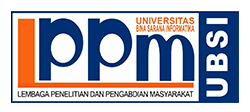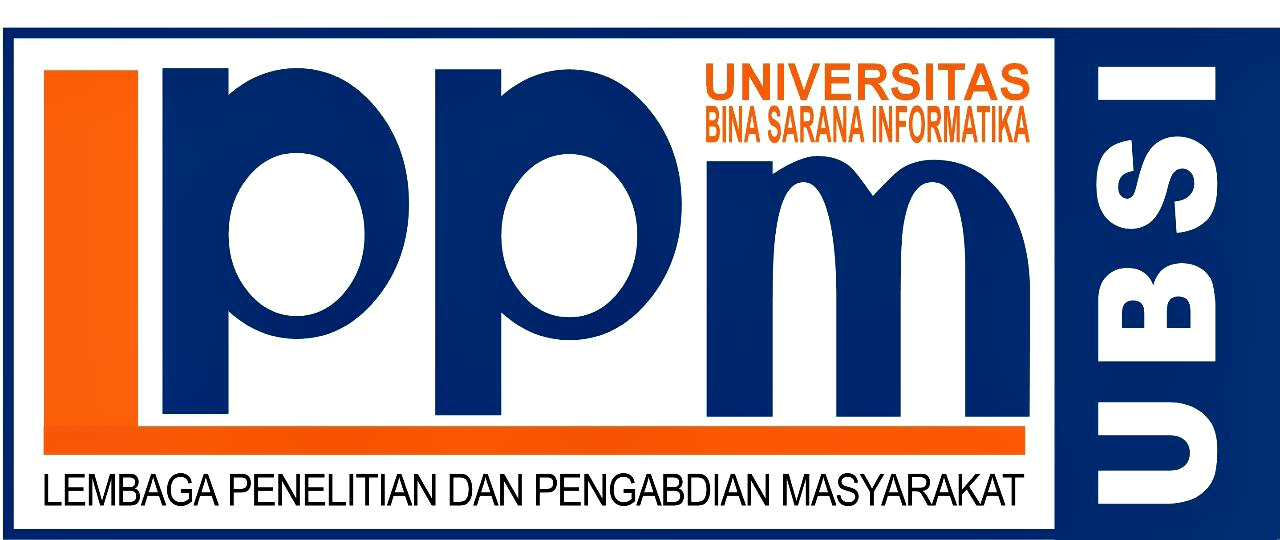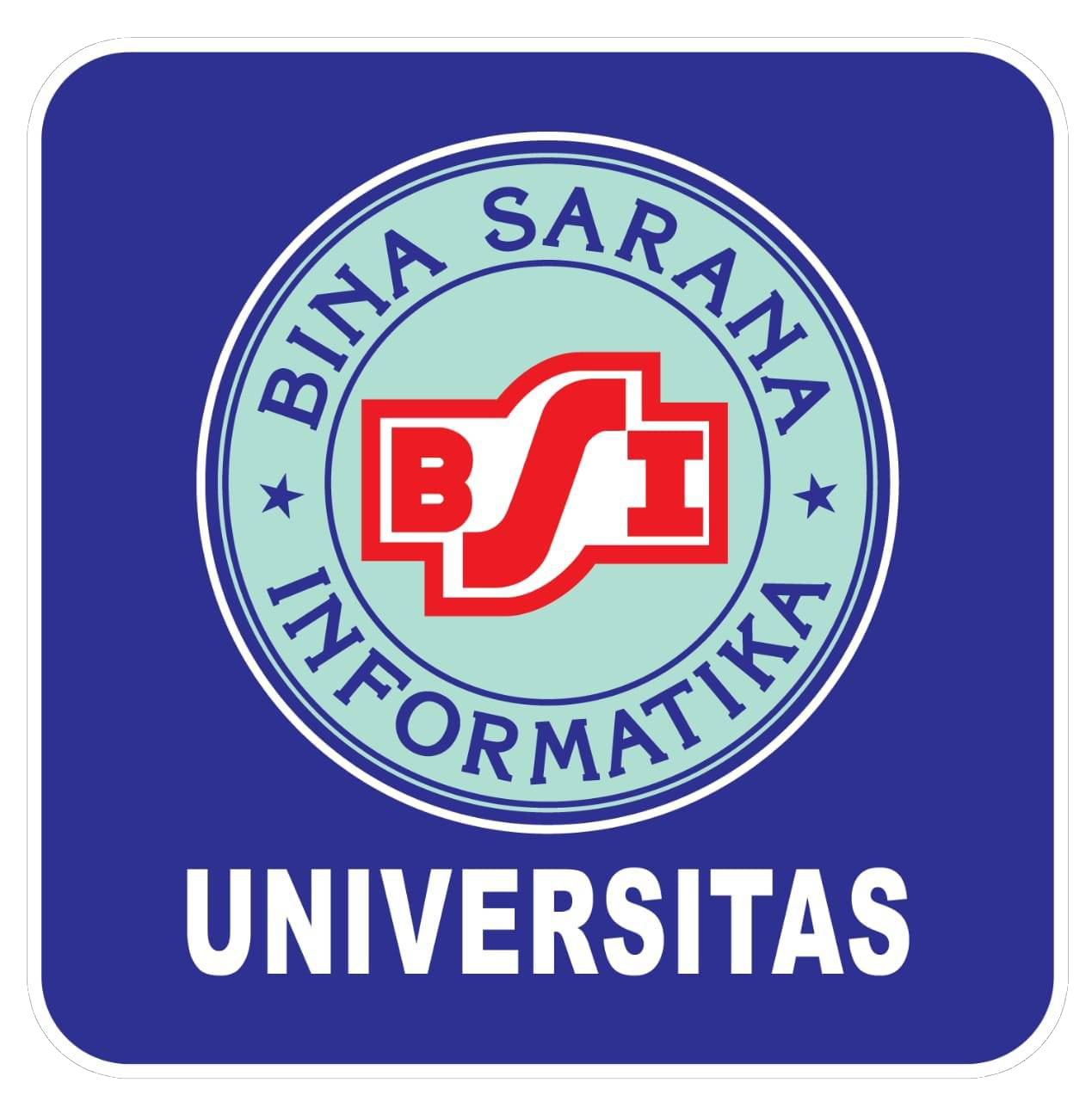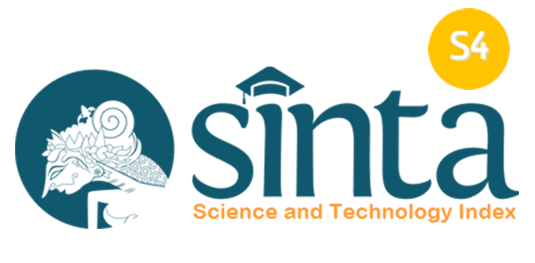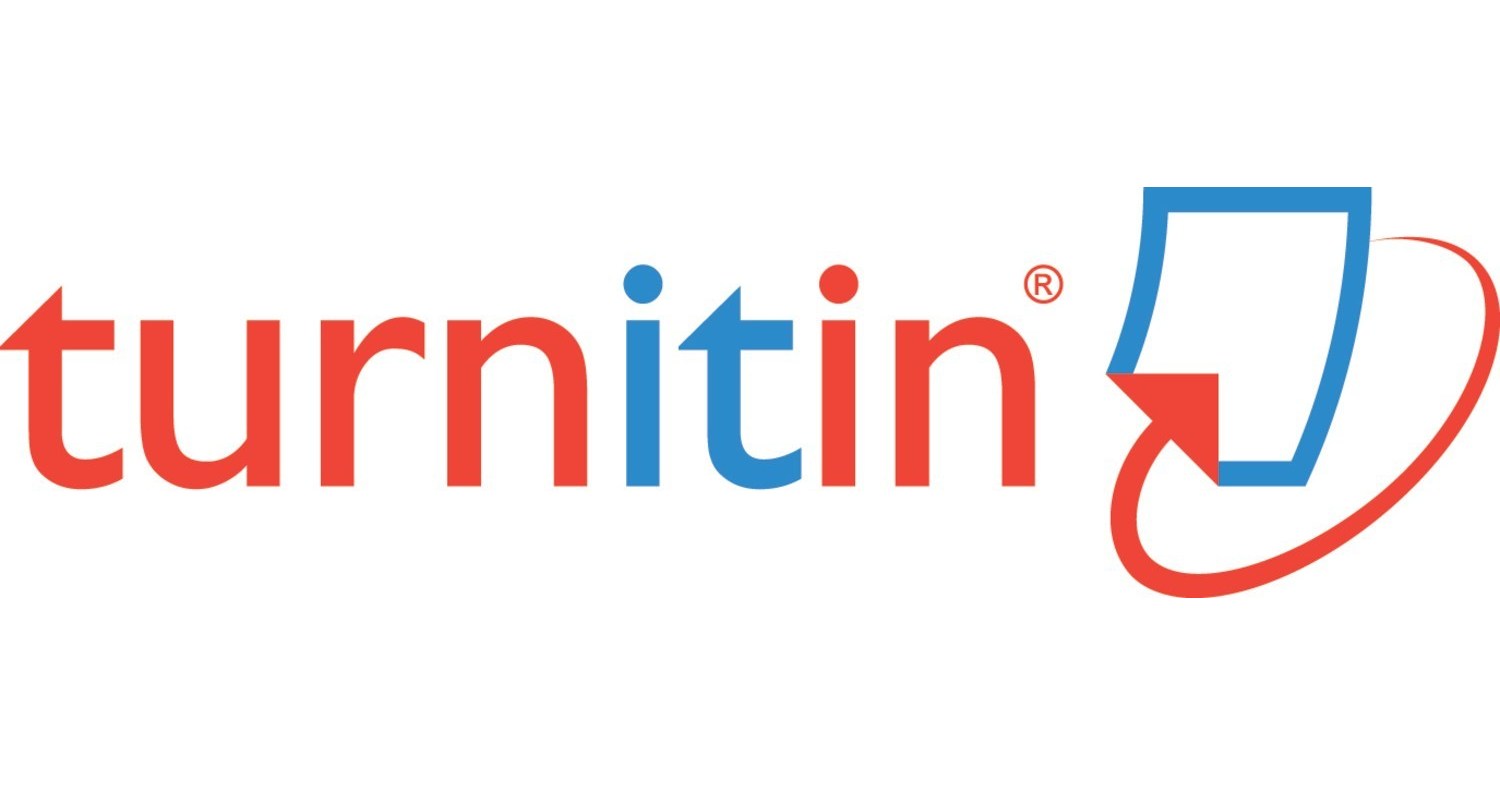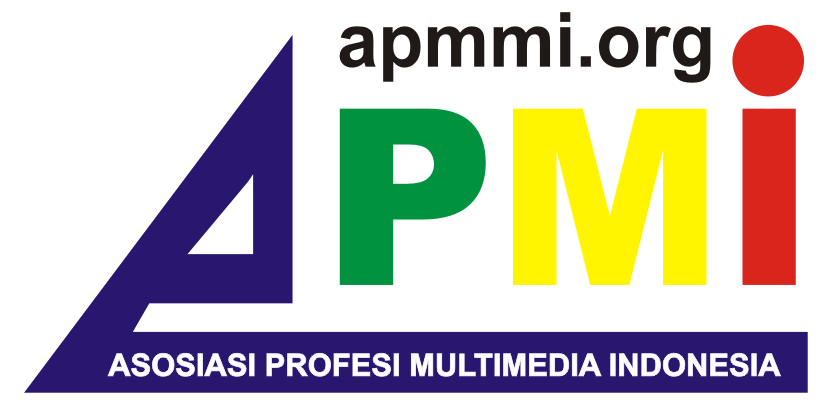Penerimaan Sistem E-Learning Pada Sekolah Menengah Kejuruan Menggunakan Technology Acceptance Model
Abstract
Full Text:
PDF (47-58)References
Devi, N. L. N. S., & Suartana, I. W. (2014). ANALISIS TECHNOLOGY ACCEPTANCE MODEL (TAM) TERHADAP PENGGUNAAN SISTEM INFORMASI DI NUSA DUA BEACH HOTEL & SPA. E-Jurnal Akuntansi Universitas Udayana, Vol 6, No, 167–184.
Hanum, N. S. (2013). Keefetifan e-learning sebagai media pembelajaran (studi evaluasi model pembelajaran e-learning SMK Telkom Sandhy Putra Purwokerto). Juyrnal Pendidikan Vokasi, Vol. 3, No.
Harahap, S. H. (2015). PEMANFAATAN E-LEARNING BERBASIS LCMS MOODLE SEBAGAI MEDIA PEMBELAJARAN UNTUK MATA KULIAH SISTEM INFORMASI AKUNTANSI. Jurnal Riset Akuntansi Dan Bisnis, Vol 15, No.
Komputer, W. (2009). Solusi Mudah dan Cepat Menguasai SPSS 17.0 untuk Pengolahan Data Statistik. PT. Elex Media Komputindo.
Lubis, M. J., & Sari, L. P. (2020). The Online Learning Activities during the Covid 19 Pandemic. BIRCI-Journal, Vol 3, No.
Lubis, R. R., & Nasution, M. H. (2017). Implementasi Pendidikan Karakter di Madrasah Ibtidaiyah. Jurnal Ilmiah PGMI, Vol 3, No.
Maulana, A., & Suryani, N. (2018). Hasil Penelitian.
Rahmadani, D., & Kurnia, N. (2020). Kajian Awal Motivasi Siswa Pada Penerapan Virtual Learning Dalam Pembelajaran Jarak Jauh. Prosiding Seminar Nasional Biologi FMIPA UNM (Inovasi Penelitian Biologi Dan Pembelajarannya Di Era Merdeka).
Rini Oktofiyani, Nurmalasari, & Anggraeni, W. (2016). PENERIMAAN SISTEM E-LEARNING MENGGUNAKAN TECHNOLOGYACCEPTANCE MODEL(TAM)STUDY KASUS SISWA/I KELAS X DI SMU NEGERI 92 JAKARTA. Jurnal Pilar, Vol.XII, N.
Sugiyono. (2017). Metode Penelitian Pendidikan Pendekatan Kuantitatif, Kualitatif Dan R&D. Alfabeta.
Syahril, W. N., & Rikumahu, B. (2019). Penggunaan Technology Acceptance Model (Tam) Dalam Analisis Minat Perilaku Penggunaan E-Money Pada Mahasiswa Universitas Telkom. Jurnal Mitra Manajemen, Vol. 3 No., 175–253.
Wijayanti, Ratih, Hambali, F., & Akhirson, A. (2011). Analisis Technology Acceptance Model (TAM) Terhadap Faktor-Faktor yang Memengaruhi Penerimaan Nasabah Terhadap Layanan Internet Banking (Studi Empiris Terhadap Nasabah Bank di Depok). Proceeding PESAT (Psikologi, Ekonomi, Sastra, Arsitektur & Sipil) Universitas Gunadarma, 121–127.
DOI: https://doi.org/10.31294/evolusi.v11i1.15362
ISSN: 2657-0793 (online). ISSN: 2338-8161 (print)

